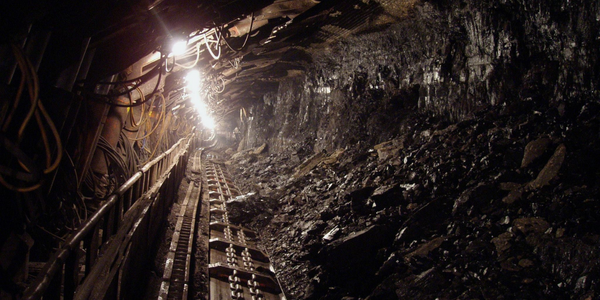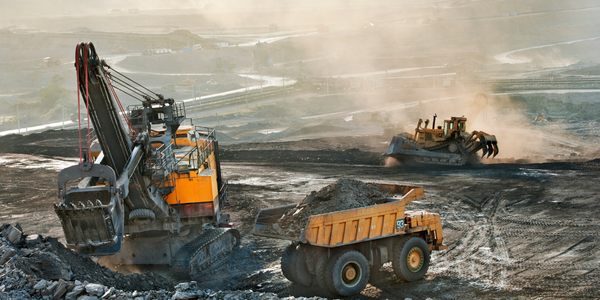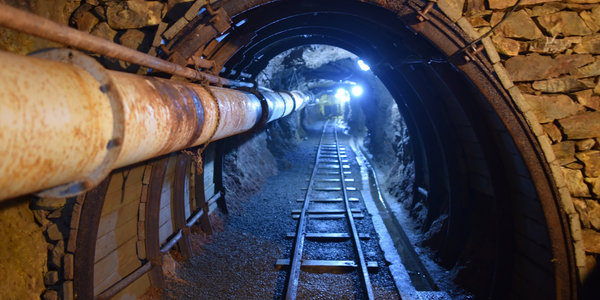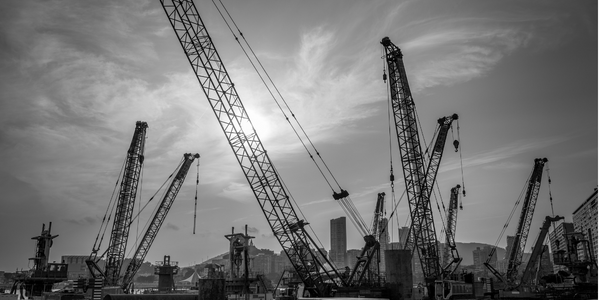Customer Company Size
Large Corporate
Region
- America
- Europe
Country
- Canada
- Finland
- Mexico
Product
- Intelex Health & Safety Management Suite
Tech Stack
- Data Management
- Real-time Reporting
Implementation Scale
- Enterprise-wide Deployment
Impact Metrics
- Productivity Improvements
- Cost Savings
Technology Category
- Functional Applications - Remote Monitoring & Control Systems
Applicable Industries
- Mining
Applicable Functions
- Discrete Manufacturing
- Quality Assurance
Use Cases
- Machine Condition Monitoring
- Predictive Maintenance
Services
- System Integration
- Training
About The Customer
Gold mining company Agnico Eagle Mines has been recovering precious metals since 1957. Headquartered in Ontario, Canada, the firm today operates eight mines across Canada, Finland and Mexico. It also carries out mining exploration and development activities in these countries, along with the United States and Sweden. With 2016 annual revenues of $2.1 billion (CDN), Agnico Eagle is one of the largest goldminers in the world, employing approximately 8,400 fulltime and contract workers.
The Challenge
In 2010, Agnico Eagle recognized a need to improve environmental health and safety (EHS). It was using paper-based spreadsheets to track incidents, inspections and other critical activities and had no real-time capabilities to act on data. EHS staff at Agnico also needed to quickly get data in the hands of executives to speed up EHS project approvals. And, with locations throughout the world, a tool that could accommodate multiple languages – particularly Finnish – was a must.
The Solution
Agnico Eagle turned to the Intelex Health & Safety Management Suite. Early in its implementation, Agnico used Intelex to carry out a risk assessment of all its mines. This helped identify the highest safety risks and put action plans in place to mitigate them. Agnico Eagle has also taken advantage of Intelex’s customized configurability to design and implement their own forms, questionnaires, reports and more. Their internally developed risk assessment tool was also self-implemented and has become the backbone of their system.
Operational Impact
Quantitative Benefit

Case Study missing?
Start adding your own!
Register with your work email and create a new case study profile for your business.
Related Case Studies.

Case Study
Underground Mining Safety
The goal was to produce a safety system to monitor and support underground mining operations; existing systems were either too simple (i.e. phone line) or overly complex and expensive, inhibiting deployment, and providing little-to-no support in event of an accident. Given the dangerous nature of the mining work environment and the strict regulations placed on the industry, the solution would have to comply with Mine Safety and Health Administration (MSHA) regulations. Yet the product needed to allow for simple deployment to truly be a groundbreaking solution - increasing miner safety and changing daily operations for the better.

Case Study
Mining Firm Quadruples Production, with Internet of Everything
Dundee Precious Metal’s flagship mine, in Chelopech, Bulgaria, produces a gold, copper, and silver concentrate set a goal to increase production by 30%. Dundee wanted to increase production quality and output without increasing headcount and resources, improve miner safety, and minimize cost.

Case Study
Fastenal Builds the Future of Manufacturing with MachineMetrics
Fastenal's objective was to better understand their machine downtime, utilization, quality issues, and to embrace cutting-edge manufacturing technology/process improvement capabilities to bring their team to the next level. However, there was a lack of real-time data, visualization, and actionable insights made this transition impossible.

Case Study
Joy Mining Systems
Joy equipment faces many challenges. The first is machine integration and control. The business end of the machine has a rapidly-spinning cylinder with 6-inch diamond-studded cutting teeth. It chews through rock at rates measured in tens of tons per minute. The system grinds through the rock in front, creating a rectangular mine tunnel. Hydraulic lifters support the ceiling as the machine moves forward. Automated drills and screws drive 3-ft long screws into the ceiling to stabilize it. The rock and coal fall into a set of gathering "fingers" below the cutting cylinder. These fingers scoop up the rock and coal and deposit it onto a conveyor belt. The conveyor passes under the machine and out the back. A train of conveyor belt cars, up to a mile long, follows the cutter into the mine. The rock shoots along this train at over 400 feet per minute until it empties into rail cars at the end. Current systems place an operator cage next to the cutter. Choking dust (potentially explosive), the risk of collapse and the proximity of metal and rock mayhem make the operator cage a hazardous location.

Case Study
Improved Monitoring in Industrial Manufacturing Facility
When your crane is moving tons of magma-hot iron, you can’t afford an unexpected failure. McWane Ductile knew monitoring the crane motor metrics within their facility could help prevent a mechanical failure that would strand an enormous bucket of molten metal overhead. Unfortunately, their legacy wired monitoring system couldn’t work with moving objects in this extreme environment. If they could integrate wireless capabilities into their existing equipment they could extend their monitoring capabilities without starting over from scratch.








